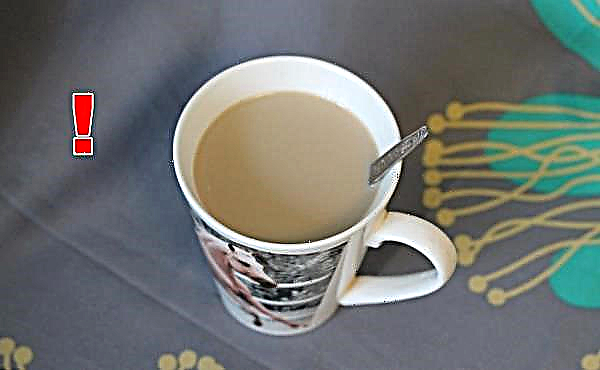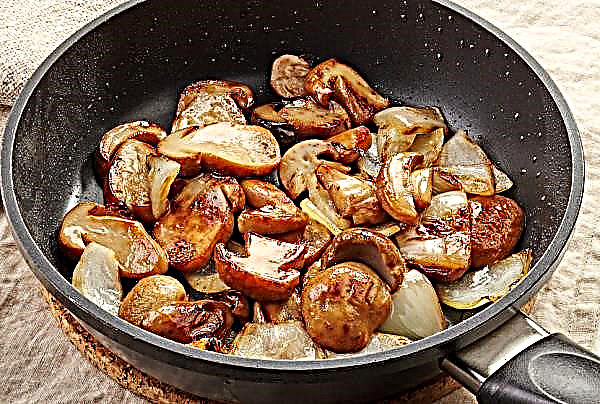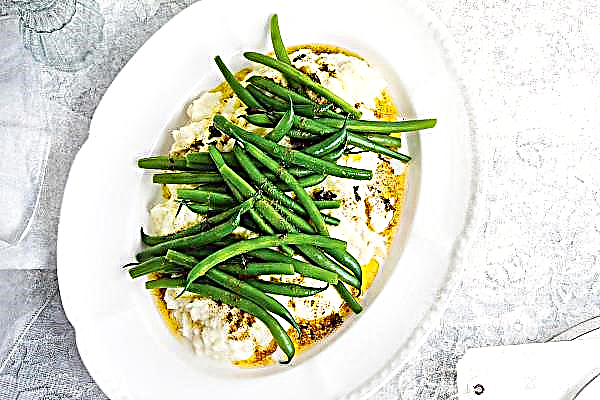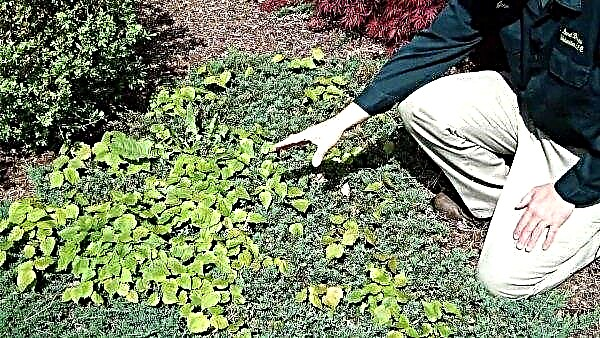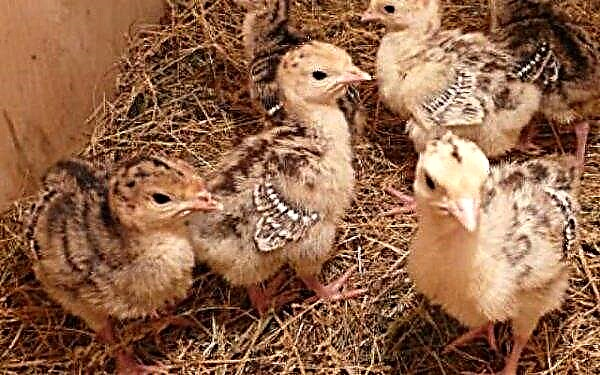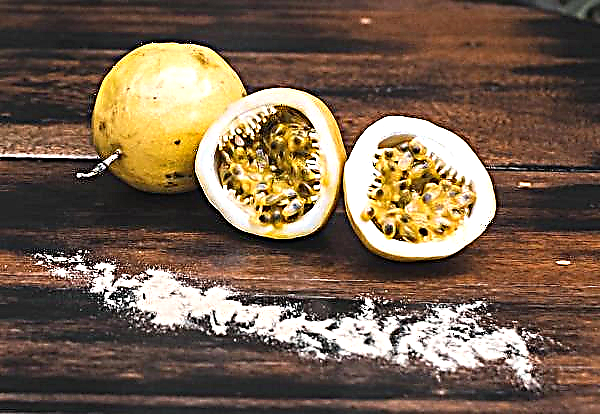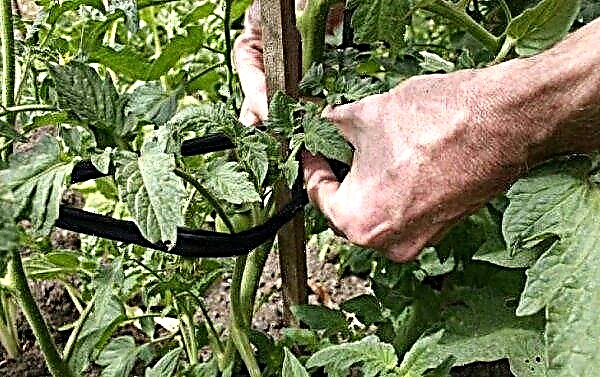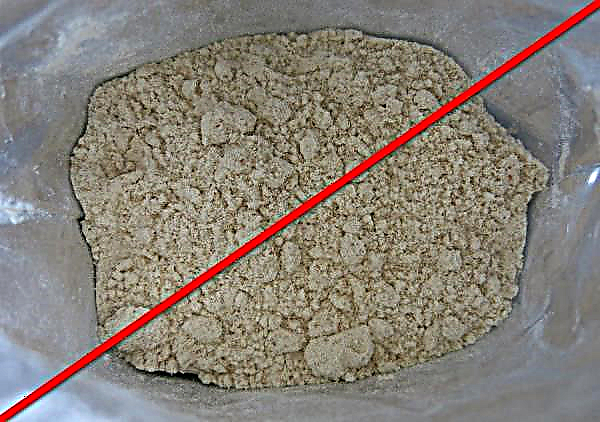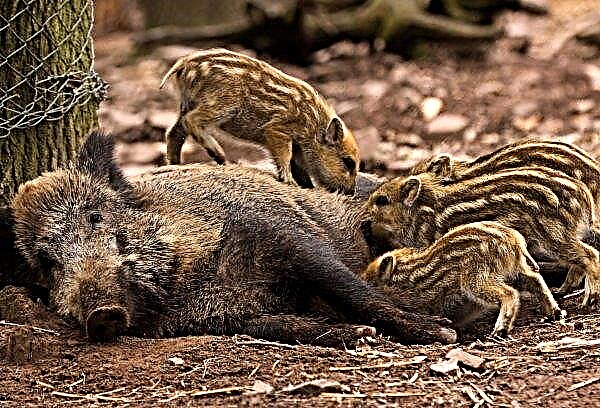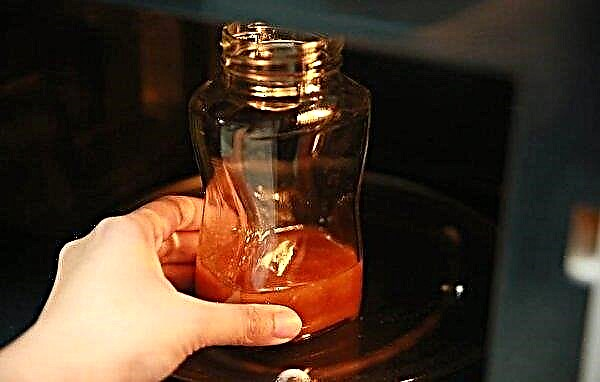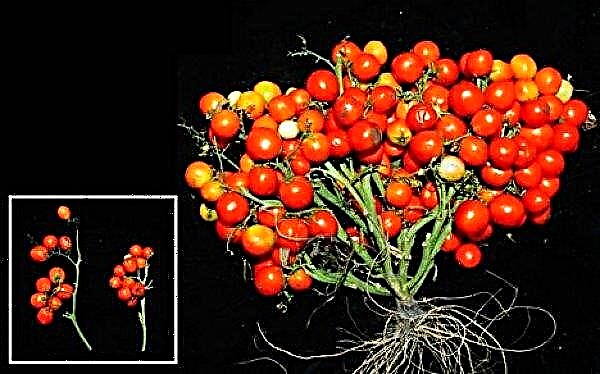Currant landings on the site will not surprise anyone. Bushes grow, summer residents enjoy the harvest. But there comes a time when the berries become smaller, even though the plant looks quite healthy. How long does currant live, when it starts to give the first crop and grow old, how to help plants - let's try to figure it out.
When the currant begins to bear fruit after planting
The fruiting of currant plantings depends on their type, variety and agricultural technology. Red and black species enter the period of full productivity in different ways due to the peculiarities of the structure of the bushes.
Did you know? Currant got its name because of the pronounced aroma. The word "currant" in the language of Ancient Russia meant «strong smell».
Aronia varieties
Blackcurrant flower buds form on annual branches. The first crop can be harvested the next year after planting. Full fruiting, which is characteristic of the selected variety, begins from the third year of the plant's life. 
A bush can give a stable crop for about 15 years in one place. And with good care, this culture can live much longer.
Red-fruited varieties
Bunchy branches of red currant can form on both single and perennial growths. The first berries appear on two-year-old bushes. The bushes of red currant enter full fruiting in the fifth year after planting. In one place, the plant can live and bear fruit for 20 years or more.
Signs of aging bushes
Currant bushes need periodic rejuvenation. To do this, black varieties need to cut branches older than 4 years, and red varieties older than 5-6 years. The main sign of branch aging is a change in the color of the bark - it becomes gray.
In aging shoots, the growth length decreases to 10–15 cm. The buds develop poorly, and ultimately fruit branches dry out and die in large numbers.
Did you know? The shelf life of fresh currant berries in the refrigerator is no more than 6-8 days.
Cessation of fruiting
Not only age can cause the absence of berries on the branches.
There are a number of factors that can also lead to a premature end to the productivity of this crop:
- improper agricultural technology - insufficient watering, bush thickening or planting, lack of pollinating plants;
- plant damage by diseases or pests;
- lack or excess of sunlight.

Slow growth
A plant can develop poorly for the following reasons:
- Wrong landing place selected
- the variety is not suitable for cultivation in your area;
- insufficient amount of fertilizer, or the introduction of the same fertilizing.
- too dense stands;
- diseases and pest attacks.
 The landing site should be protected from sunlight during extreme heat. In addition, it should not be drafted. The soil should be neutral in acidity.
The landing site should be protected from sunlight during extreme heat. In addition, it should not be drafted. The soil should be neutral in acidity.
Before buying planting material, you must familiarize yourself with the features of the selected variety. It is better to buy seedlings in specialized nurseries - they grow varieties that are suitable for your region.
Important! Unlike insects, acaricides are used to control ticks. Conventional insecticides are powerless against this pest.
In the spring, nitrogen fertilizers should be applied, and in the fall - complexes with potassium and phosphorus. Nutrition of the soil must be balanced so that the plant receives all types of top dressing. Planting density can also provoke slow growth, therefore, it is necessary to regularly and regularly conduct preventive and shaping prunings.
This crop can inhibit growth due to diseases or pests. To prevent ailments, the bushes need to be sprayed with insecticides and fungicides..
Ways to extend plant life
With proper care, currants can live and bear fruit for more than 30 years. Simple manipulation of the plant will help you with this.
Proper care:
- Every year you need to trim the bush. 3-4 branches of different ages should remain on it - an average of about 15 branches. You also need to remove crooked, weak and damaged shoots.
- With a sharp decrease in bush productivity, it is necessary to cut off all the old branches, and pinch the young shoots, leaving 10-15 cm in length. Add organic matter - diluted manure or bird droppings. It is also worth fertilizing the plants with a mineral supplement - dilute 20 g of potassium chloride, 50 g of urea and 40 g of superphosphate in 10 l of water.
 Fig. 1. Currant pruning: a - annual seedling; b - a biennial bush; c, d - shortening of shoots. Fig. 2. Currant bush before anti-aging pruning (a), after it (b) and pruning of a neglected bush (c).
Fig. 1. Currant pruning: a - annual seedling; b - a biennial bush; c, d - shortening of shoots. Fig. 2. Currant bush before anti-aging pruning (a), after it (b) and pruning of a neglected bush (c).
These simple steps will extend the life of your currant. In addition to pruning and top dressing, it is necessary to monitor the moisture of the soil, loosen it and remove weeds. All plant residues must be burned off-site, as pests can live and winter successfully in them.
Important! In red currants, annual shoots do not pinch.
Take care of the currant correctly, and it will delight a stable harvest for many years. Currant is not a whimsical inhabitant of personal plots, and with minimal effort, a delicious berry will always be at your tables.

